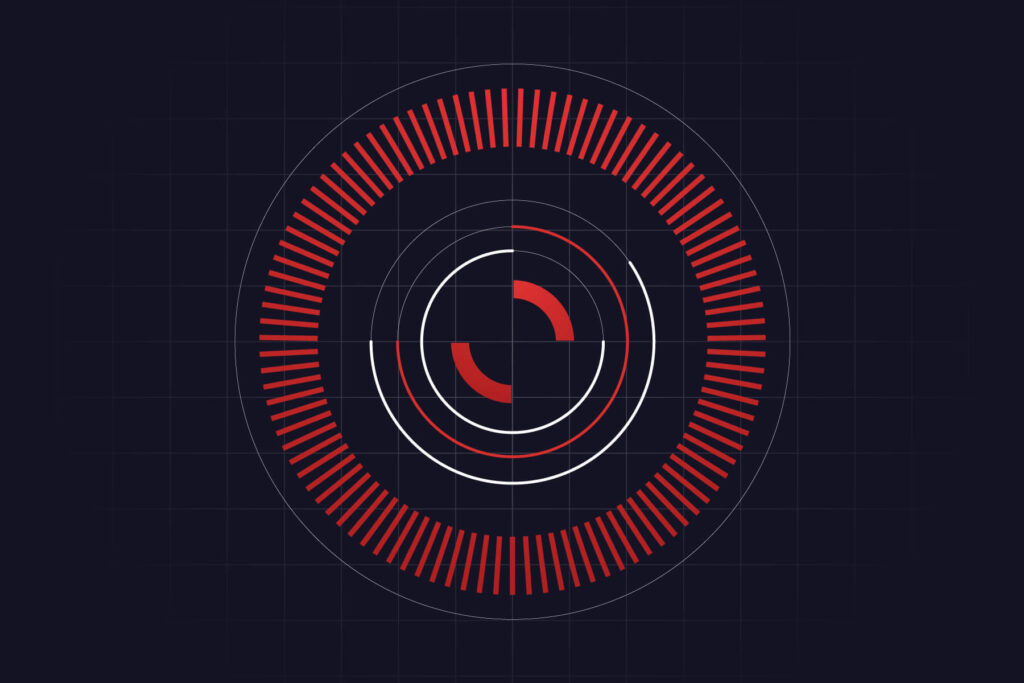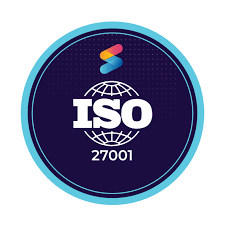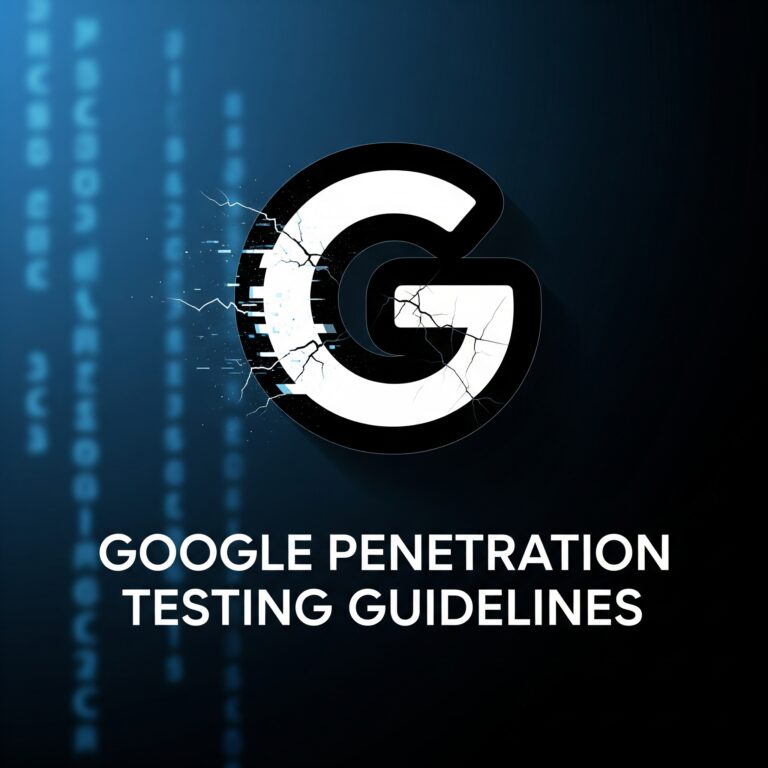In today’s interconnected digital landscape, ensuring the security of your organization’s systems and data is paramount. A crucial aspect of maintaining robust security is conducting regular security architecture reviews. These reviews involve a meticulous analysis of architecture diagrams followed by the delivery of actionable security recommendations. In this blog post, we’ll delve into the intricacies of this process, shedding light on how these reviews are conducted and why they are vital for your organization’s cybersecurity.
Understanding Security Architecture Reviews
What is a Security Architecture Review?
A Security Architecture Review is a systematic process aimed at evaluating the security aspects of an organization’s systems, networks, and applications. The goal is to identify potential vulnerabilities and weaknesses in the architecture and design of these systems, thus helping to enhance their security posture.
Importance of Security Architecture Reviews
In an era where cyber threats are evolving rapidly, security can no longer be an afterthought. Conducting regular architecture reviews can help organizations stay ahead of potential risks, ensuring that their systems are fortified against emerging threats. By identifying vulnerabilities early, organizations can proactively address them before they are exploited by malicious actors.
The Process of Conducting a Security Architecture Review
1. Documentation Analysis:
The process kicks off with a thorough analysis of the organization’s architecture diagrams, network topology, data flow diagrams, and relevant documentation. This step provides a holistic understanding of how different components and systems interact.
2. Vulnerability Assessment:
Vulnerability assessment involves scrutinizing the architecture for known vulnerabilities. This may include analyzing software versions, configurations, and patch levels to identify weak points that attackers could exploit.
3. Risk Evaluation:
Once vulnerabilities are identified, they are evaluated based on their potential impact and the likelihood of exploitation. This assessment allows organizations to prioritize which vulnerabilities require immediate attention.
4. Security Recommendation Formulation:
This is the heart of the review process. Security experts formulate actionable recommendations to mitigate the identified vulnerabilities and risks. These recommendations may range from architectural changes to software updates, improved access controls, and more.
5. Review and Iteration:
The formulated recommendations are reviewed internally to ensure their feasibility and effectiveness. Feedback from stakeholders is considered, and any necessary iterations are made to refine the recommendations.
Delivering Security Recommendations
Comprehensive Reporting:
Following the completion of the review process, a detailed report is generated. This report outlines the findings, vulnerabilities, and risks identified during the review. It also includes a breakdown of the recommended actions, categorized by urgency and impact.
Prioritization Guidance:
Not all vulnerabilities are created equal. The report often includes guidance on which vulnerabilities should be addressed first based on their potential impact on the organization’s security.
Collaborative Discussion:
The recommendations are discussed with relevant stakeholders, including architects, developers, and management. This collaborative approach ensures a shared understanding of the risks and the proposed mitigation strategies.
Long-Term Security Strategy:
The review isn’t a one-time event. Organizations should integrate the recommendations into their long-term security strategy. Regular updates to the architecture should incorporate security measures, and periodic reviews should continue to assess the evolving threat landscape.
Security architecture reviews play a pivotal role in safeguarding an organization’s digital assets. By analyzing architecture diagrams and delivering targeted security recommendations, these reviews empower organizations to fortify their systems against a constantly evolving array of cyber threats. Embracing this proactive approach to security can mean the difference between a breach and a resilient, secure infrastructure. So, prioritize security architecture reviews and ensure your organization’s digital future remains robust and protected.
To learn more about how we can assist with your security and compliance needs, Schedule a Free Consultation or Send us a Message today!



